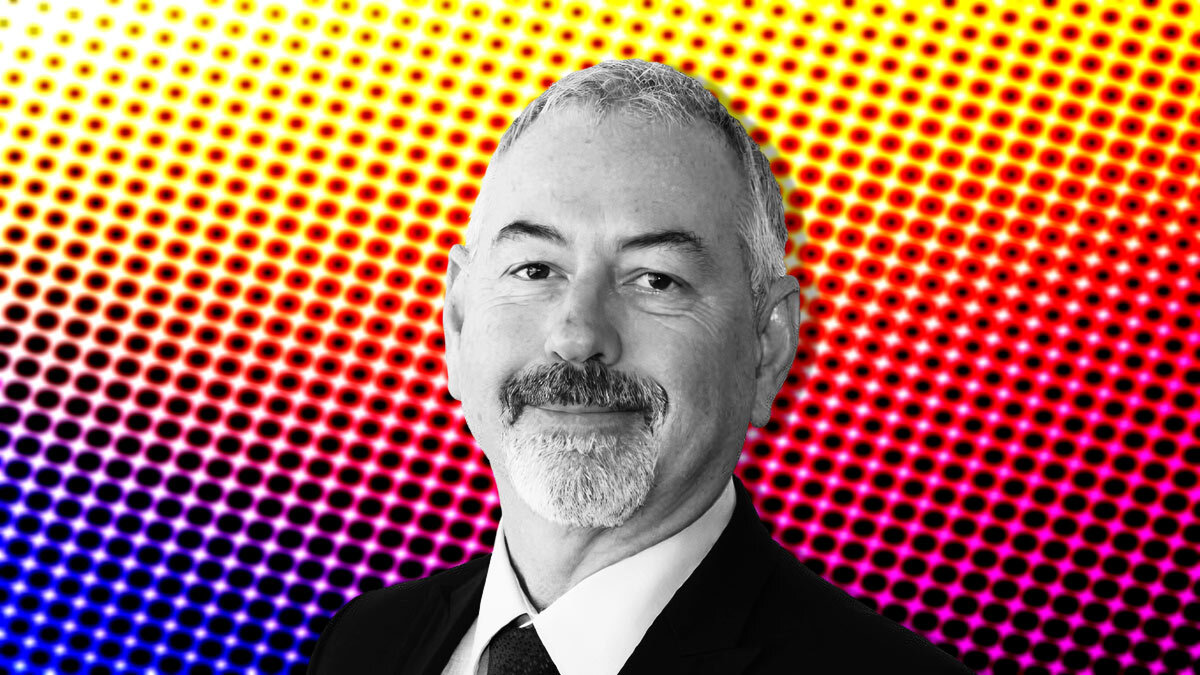QEM (ASX:QEM) is planning to be a leading supplier of vanadium pentoxide to both the nascent energy storage sector and the Australian steel industry with its 2,850Mt Julia Creek vanadium in Northwest Queensland.
With 360Mt in the Indicated category and 2,490Mt in the Inferred, Julia Creek is one of the single largest vanadium deposits in the world — with the added benefit of a contingent in-situ oil resource.
As a critical mineral, vanadium is used in the increasing global demand for renewable and reliable energy and is backed and supported by both the Federal and Queensland governments.
Market participants have become increasingly bullish in their outlook on vanadium demand, anticipating growth from both traditional and emerging end-use bases such as vanadium redox flow batteries (VRFBs).
VRFBs are used in large scale, battery storage systems that store excess power from the grid for use during peak demand periods.
Whether in combination with solar PV, biogas generators, wind power, or in parallel operation, the bulk storage capacity of these batteries allows consumption to be shifted completely to off-peak hours with cheaper electricity.
As the name suggests, VRFBs use vanadium-ions in the electrolyte solutions and are considered safer, more scalable and longer lasting than their lithium counterparts with a lifespan of more than 20 years.
In conjunction, QEM is developing a solar/wind project for a minimum of 1GW of renewable energy generation that could be an input into the CopperString 2032 transmission line being built by the Queensland government and provide cheaper clean power for Julia Creek.
Stockhead sat down with QEM founder and managing director Gavin Loyden to discuss latest developments at Julia Creek, the vanadium market and what’s in store for ’24.
November was another tough month for the vanadium market as prices continued to decline due to a pullback in demand from the global steel industry. What would you say to investors who might be feeling nervous about the space?
“It has been a tough year for vanadium pricing, particularly driven by soft demand from Chinese steel production,” Loyden says.
“The slowdown in Chinese property development and hence the use of rebar has weakened demand there, and globally, inflation has been a key factor in 2023.
“It now appears that the Chinese authorities are looking to add further support to the property industry, which may in turn, stimulate further demand from that sector in 2024.”
Future demand is likely to grow from vanadium redox flow batteries (VRFB) for energy storage. How else is the energy transition redefining the vanadium market?
“The increasing need for Long Duration Energy Storage (LDES) will push the balance toward flow battery systems such as VFB, due to its long duration, scalability, safety and high cycle life,” Loyden says.
“The figures vary somewhat according to which analyst you listen to; however, they are all aligned on one thing and that is the VFB market is set to grow at a rapid rate, with most expecting that vanadium demand for storage will double out to 2040, consuming up to 25% of global vanadium production, up from ~4-5% today.
“The need for new primary production of vanadium becomes more and more critical then, as we seek to transition to a greener energy system.”
Your Julia Creek asset is one of the single largest vanadium deposits in the world. Does this give you an advantage given the strong forecast outlook for vanadium?
“We obviously feel that it does,” Loyden says.
“We do have a very large resource with over 100 years of potential supply, however we also know that producing vanadium from these primary sources as a single product is challenging.
“This is why we have always sought to maximise our shareholders’ interests by looking to produce valuable by-products along with the vanadium, which in our case is the oil we extract from the shale, prior to the vanadium processing, which we seek to turn into a useful fuel product such as diesel for the domestic market.
“Currently, we import around 98% of diesel from overseas and this must be transported here in ships and then distributed from port, which has a large carbon footprint.
“We think we can lessen that impact and provide a clean, Australian fuel product, derived using renewable energy and green hydrogen in its production.
“There is still some work to do but we feel we are headed in the right direction, having already produced oil from our pilot facility in Melbourne.”
What is QEM doing to ensure it has ESG principles front of mind?
“When we envisioned this project, we always knew that environment outcomes would be one of the most important parts to get right,” Loyden says.
“With this in mind, we set about designing a large-scale renewables project that would drive the JCP and provide enough energy for green hydrogen production, which is needed for our processing.
“We have now been successful in attracting one of the largest global developers of renewable energy to develop this project. The objective for us was cheap, reliable and sustainable power for our flagship project, with the balance of energy going to the NEM via the new $5b CopperString network, currently under development by Powerlink, a Queensland Government-owned entity.
“The poles and wires project that will be built to carry electrons across the State, will be delivered into Julia Creek in 2028 at around the same time as this renewables project will be completed and this aligns with our own development timelines.
“Socially, we have always been closely engaged with our local stakeholders, both in the town of Julia Creek as well as with our landowners, who will all benefit from the renewable project as well. We have an office located in the middle of town and our relationships are strong, having been built intentionally over time.
“From a governance perspective, we have a highly experienced board that holds ESG in the highest regard, as evidenced by their track records in this space.
“We then bring this all together using the SocialSuite platform and we report on all of our ESG activity and performance quarterly, as part of our regular ASX disclosures.
“We have found that this platform provides us with the perfect tools to effectively manage our ESG program, monitor our performance and provide detailed and accurate information to the market.”
Vanadium doesn’t get the same level of attention as other critical minerals. What are some of the key messages you receive from potential customers on the importance of vanadium?
“I think it is true to say that lithium has held the top spot in people’s imagination when thinking about critical minerals, but I believe that will begin to change from 2024, as VFB begins its inevitable march through the energy storage market,” he says.
“Flow batteries are really the only LDES we can build in Australia. VRFBs only need one element to produce the electrolyte that is the essence of the battery itself and that is vanadium. They don’t need cobalt, nickel, manganese, graphite or any other metal, just vanadium, and we have plenty of it here.
“Not to mention the other markets in which vanadium plays a vital role, such as defence, high strength alloys for aerospace, acid production and construction.
“So, I do see the interest in this most versatile of metals being elevated, as the industry here develops at a faster pace and with strong government support.”
You’ve finished a multipurpose drilling campaign with results expected in January 2024. What else is on the agenda for the new year?
“Yes, we will have our JORC update ready in January. We will also have the renewables deal finalised with a global developer, as well completion of work we have been doing with UQ on vanadium extraction from spent catalyst,” Loyden says.
“We are also working with the University of Queensland on various beneficiation options, as well as working through some of the final engineering facets of our scoping study which we hope to have finalised by mid-year.
“So it will be a busy start for us in the New Year, we believe 2024 will be a transformative year for QEM and we are all very excited to be a part of it.”
QEM share price today:
At Stockhead we tell it like it is. While QEM are a Stockhead advertiser, it did not sponsor this article.
The post Here’s what makes QEM’s vanadium project tick appeared first on Stockhead.























+ There are no comments
Add yours